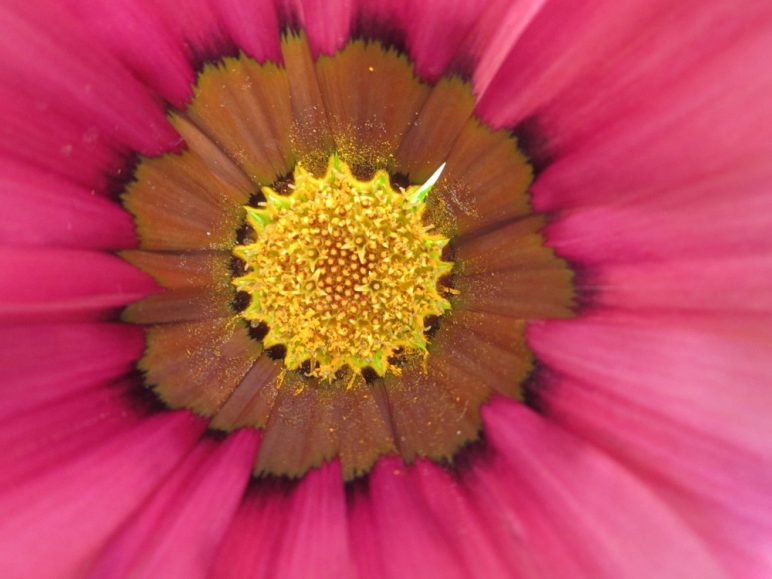Flower power
Electric field around flowers may help bees find nutritious blooms

Scientists report that bees and flowers appear to have a charged communication. In addition to a flower’s color and scent, its electric field may also bring in bees, a new study shows.
EMILY KRIEGER
Say you’re a flower and you can’t reproduce unless bees come by to move your pollen. How can you use your blooms to ensure those bees don’t pass you by? Try communicating with them — electrically.
Although colors and smells can help, a new experiment suggests electric fields may also bring in the bees.
Flowers maintain small electric fields around them. Bees can not only detect those fields, but they may also tell the insects which blooms are most likely to offer a nectar reward, a team of scientists recently reported.
Flowers growing in the ground have a natural negative electric charge, notes Daniel Robert. He’s a sensory biologist at the University of Bristol in England who worked on the new study. Their blooms conduct electrons — the particles that carry negative charge — from the air to the ground. Throughout the air, positive electric charges abound, he explains. So bees, as they buzz about, can become positively charged.
“Anything flying through the air, whether it’s a baseball, 767 jumbo jet, or a bee, acquires a strong positive electrostatic charge due to interaction with air molecules,” Stephen Buchmann told Science News. Buchmann, who did not work on the study, is an entomologist. A scientist who studies bugs, he works at the University of Arizona in Tucson.
Robert and his coworkers showed that bees notice electric fields and can use them to pick among flowers.
The scientists set up 30 identical metal disks covered with purple plastic to resemble flowers. Half of the disks were wired to create small electric fields, and half weren’t. The disks with electric fields contained a sweet solution; the unwired ones held a bitter solution.
Scientists then sent in the bees and kept track of where they went. Toward the tail end of 50 visits to the “flowers,” most bees had learned to find the sweet ones. Then the researchers unplugged the fake sweet flowers and tried the experiment again. This time, when the fields were off, the bees never learned. Even after 50 visits, they found the sugar only about half the time — no better than if left to chance.
The test showed the bees could detect the fields. “The big question is how bees do this,” Lars Chittka of Queen Mary University of London told Science News. Chittka, also a sensory biologist, did not work on the new study. He suspects that the tiny hairs on a bee’s body may bend when it comes close to a charged flower.
Robert and his coworkers studied the electric fields of real flowers, petunias, to better understand how bees and flowers might communicate. The scientists took measurements of a flower before and after a charged bee approached it. The flower’s field reacted to the approaching bee with a small increase in strength. That electrical boost lingered for a little while after the bee had flown away.
That short-lived surge may help tell a different approaching bee that all of the flower’s nectar has just been drunk. That bee would be able to sense the change in the flower’s electric field, and move on to find a flower full of nectar.
Or, as Robert told Science News, the flower could signal to the bee: “I’m still pretty and smell nice, but … come back later.”
Power Words
electric charge The physical property responsible for electric force; it can be negative or positive.
electron A subatomic particle that carries a negative charge.
sensory biology The scientific study of the cells and other biological processes that underlie the functioning of the senses.







